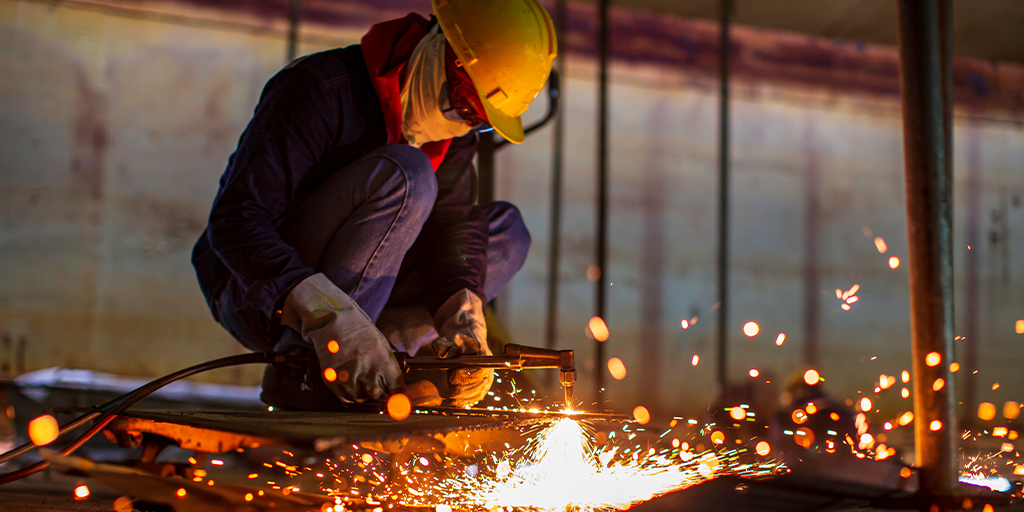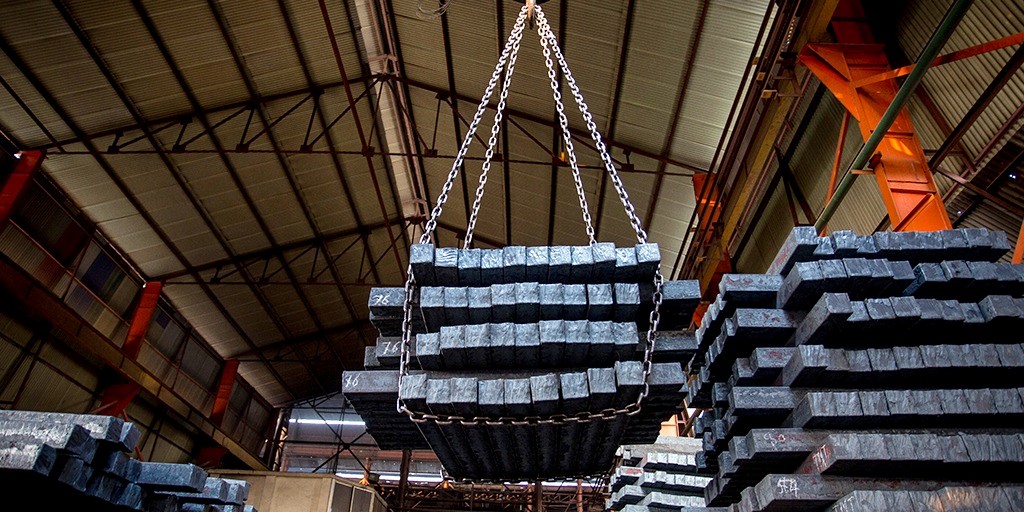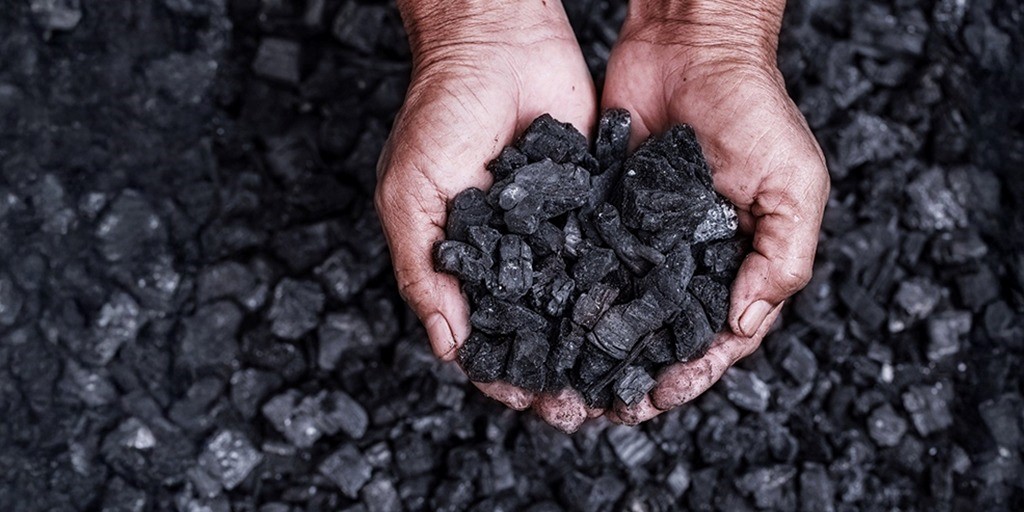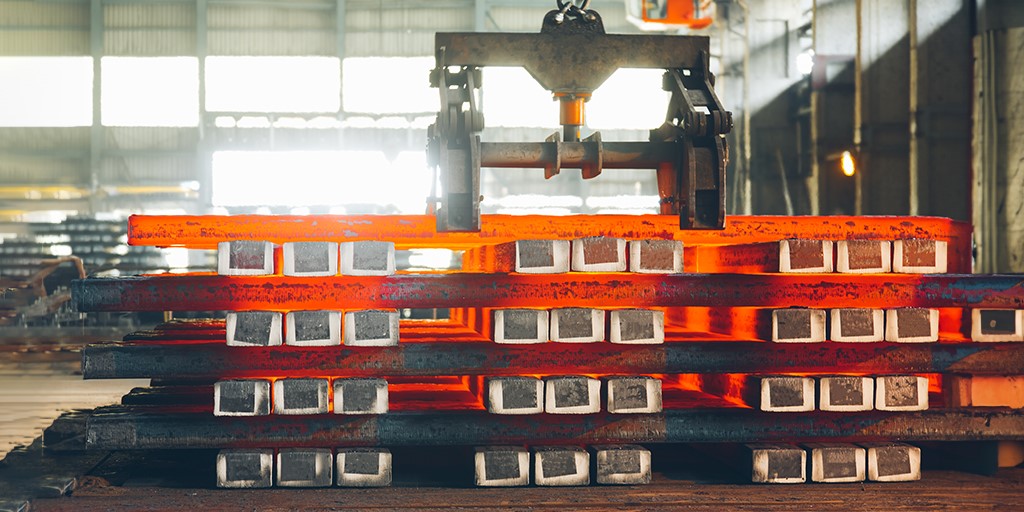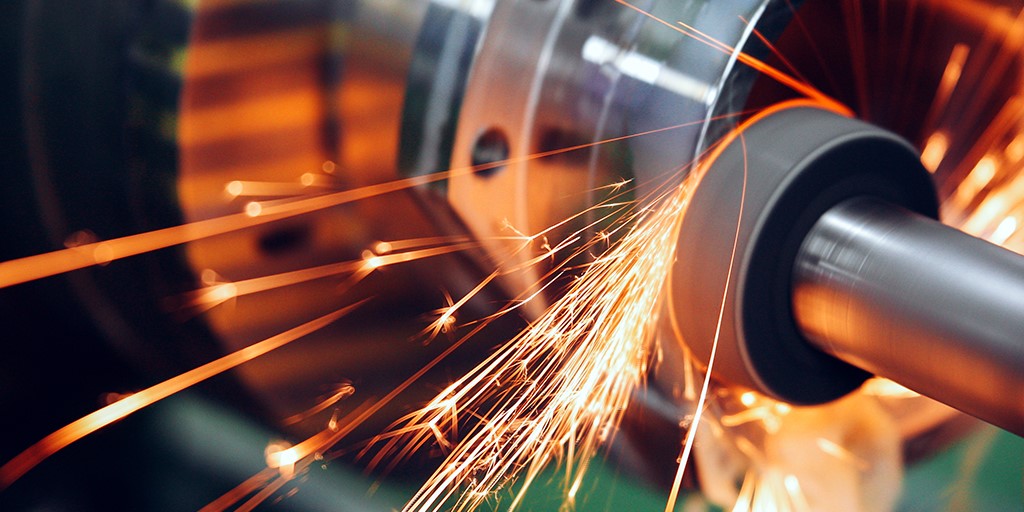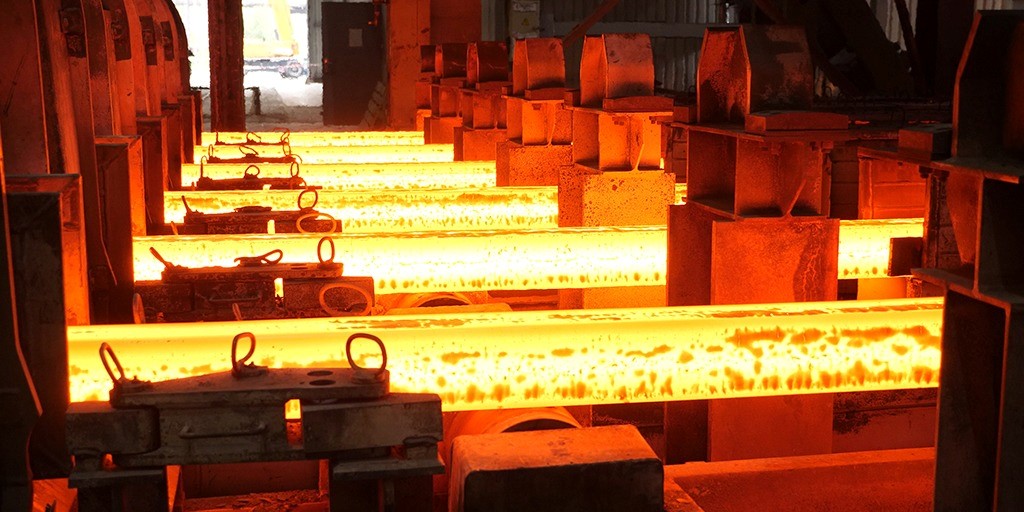
Iron and steel’s impact on industrial revolution
The 18th and 19th centuries changed the course of human history forever. In this defining era, the world transitioned from agrarian societies to the bustling industrialised landscapes we know today.
At the heart of this industrial revolution lie two elemental materials – Iron and Steel. Their widespread availability, cutting-edge applications and transformative properties not only brought immense economic growth, but it propelled higher standards of technological advancements.
Iron is one of the most abundant elements persisting in 80% of the inner and outer cores of the Earth. Before the 18th century, the iron production industry was very small and used by local production facilities. It was the Industrial Revolution that utilised Iron to its fullest potential.
During the industrial era, there was a rapid development of more efficient smelting techniques, such as the blast furnace, which enabled the mass production of iron at a lower cost. This made the material widely accessible to industries and led to its use in various applications, such as machinery, construction, and transportation. The mechanising of industries began with the use of iron. Factories and workshops leveraged iron to create machines to improve their production processes.
One of the most prominent uses of it was the Steam Engine, a groundbreaking invention that heavily relied on iron components. The iron tracks, wheels and axels provided the strength and stability to carry heavy loads over vast distances, accelerating economic growth and urbanisation. The construction industry was transformed by iron’s structural properties. Iron beams and girders enabled the construction of large-scale buildings and bridges. Famous structures like the Eiffel Tower and Brooklyn Bridge showed the power of iron in the development of modern engineering.
While iron revolutionised various industries, it was the introduction of steel that truly marked a turning point in the industrial revolution. Steel is an alloy of carbon and iron, holding properties of unparalleled strength, versatility, and resilience. Before the industrial revolution, steel was an expensive material and was produced in very small quantities. But in the early 18th Century, Benjamin Huntsman developed his crucible steel technique that made cast steel in clay pot crucibles, each holding about 34 pounds of blister steel.
Taking the next step in steel innovation was Henry Bessemer, who built the Bessemer converter in the mid-19th century. He conducted experiments where he burned off carbon from the iron by using different types of furnaces and creating a unique Bessemer’s process. This enabled large-scale manufacturing and production of steel at drastically low costs.
One of the biggest advantages of using steel is that it is fully recyclable, making it a potent candidate to propel a sustainable future. The strength and durability of steel made it ideal for heavy industries like shipbuilding, construction and stronger machinery production. Steel ships rapidly replaced iron ones and massive steel structures, like the Empire State Building, began to dominate the skylines.
Industrial revolution lead to the creation of the automobile and the production of steel served as the backbone of this invention. It provided sturdy frames and bodies that proved to be a safe transportation method. Pioneered by Henry Ford, cars forever changed the way people lived and worked. As the production of heavy machinery grew, so did the growing concern of people losing their jobs. To tackle this, various labour laws were passed to combat child labour, improve working conditions and salaries.
In today’s age, we use steel and iron for building almost everything – the roads, the railways, our appliances, and our skyscrapers. The abundance and strength of these materials and the pioneering spirit of the industry leaders laid foundation for the world we inhabit today.
Our contemporary society, time and again reminds us of the lasting impact of iron and steel. They remain timeless symbols of human ingenuity, showing that through vision and perseverance, we can forge a brighter future – one that stands on the firm foundations laid by the Industrial Revolution.




